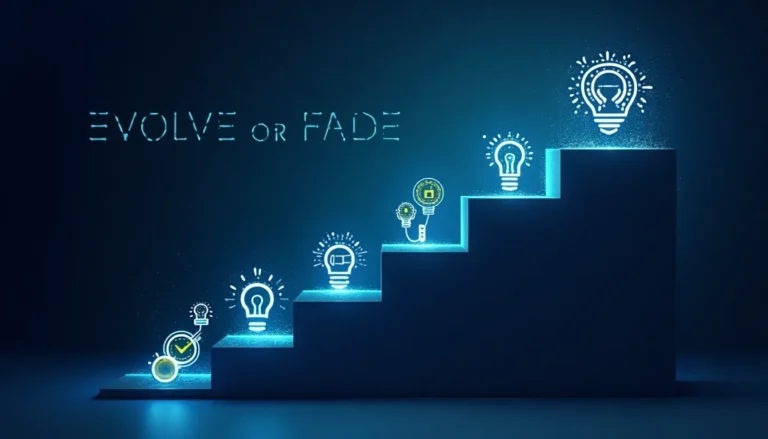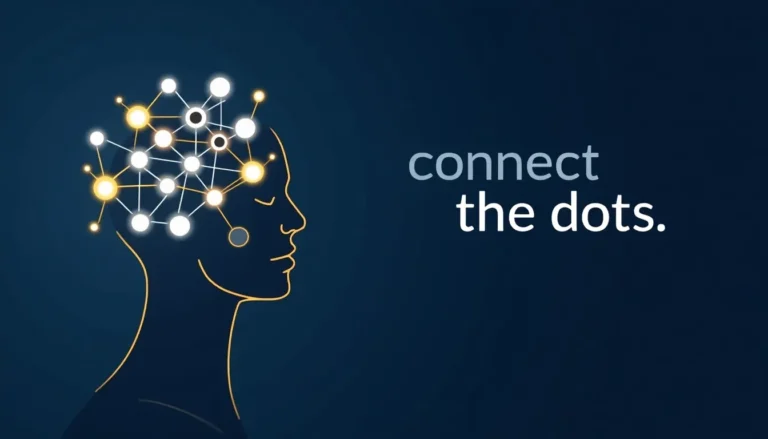AI doesn’t understand context. It understands patterns.
This is both its superpower and its critical weakness.
When you chat with ChatGPT or craft images with DALL-E, you’re not just giving instructions – you’re providing vital context that shapes the output.
Think of it like this: AI is a master chef who knows every recipe in existence but doesn’t know if you’re cooking for a wedding or a casual Tuesday night dinner.
The difference between mediocre and exceptional AI outputs often isn’t in the tool itself – it’s in how well you frame the context.
This is why prompting isn’t just about words. It’s about painting the complete picture:
– Who is this for?
– What’s the purpose?
– What’s the desired outcome?
– What’s the tone and style?
– What should be avoided?
Mastering context is becoming the new superpower in the AI age.
The most successful AI users aren’t necessarily technical experts – they’re context experts. They know how to frame their requests in ways that bridge the gap between human intent and machine understanding.
This shift in thinking – from “what should I ask?” to “how should I frame this?” – is transforming how we interact with AI.
The next time you’re frustrated with an AI’s output, ask yourself: Did I provide enough context, or did I assume the AI would just “get it”?
Context isn’t just king anymore – it’s the kingdom itself.



